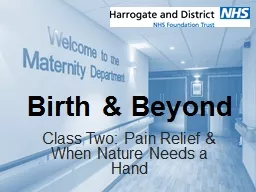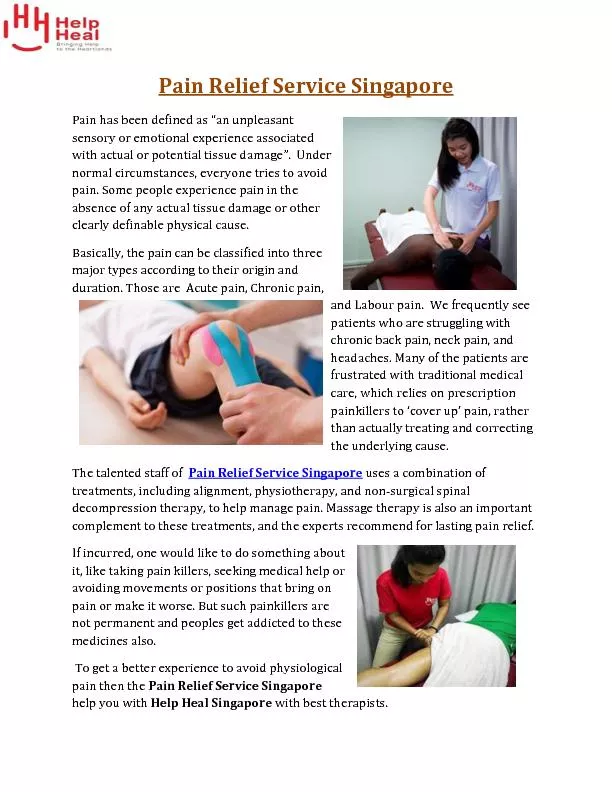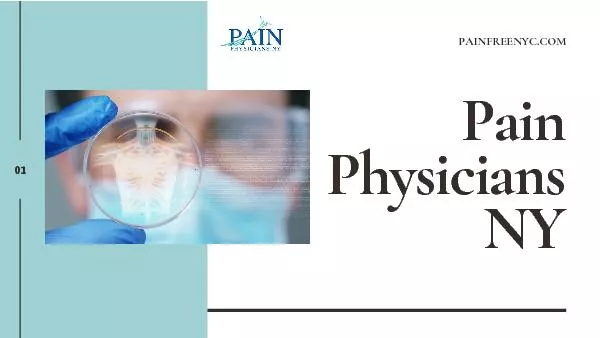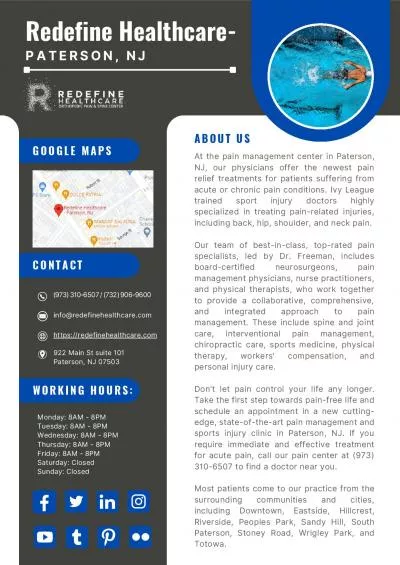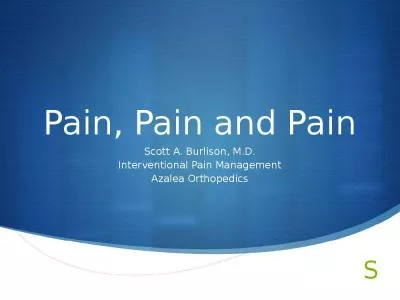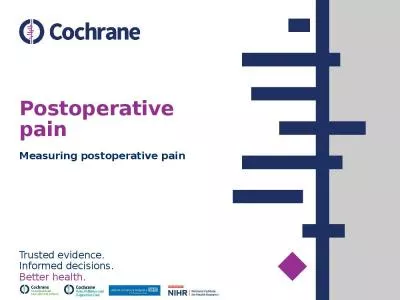PPT-Birth & Beyond Class Two: Pain Relief & When Nature Needs a Hand
Author : Ruggedman | Published Date : 2022-08-03
Aims amp Objectives To explore pain relief options available to you at home and whilst in hospital To discuss how to write a birth preference list To explain the
Presentation Embed Code
Download Presentation
Download Presentation The PPT/PDF document "Birth & Beyond Class Two: Pain Relie..." is the property of its rightful owner. Permission is granted to download and print the materials on this website for personal, non-commercial use only, and to display it on your personal computer provided you do not modify the materials and that you retain all copyright notices contained in the materials. By downloading content from our website, you accept the terms of this agreement.
Birth & Beyond Class Two: Pain Relief & When Nature Needs a Hand: Transcript
Download Rules Of Document
"Birth & Beyond Class Two: Pain Relief & When Nature Needs a Hand"The content belongs to its owner. You may download and print it for personal use, without modification, and keep all copyright notices. By downloading, you agree to these terms.
Related Documents

